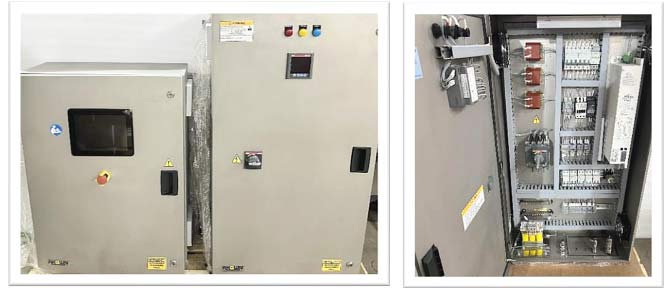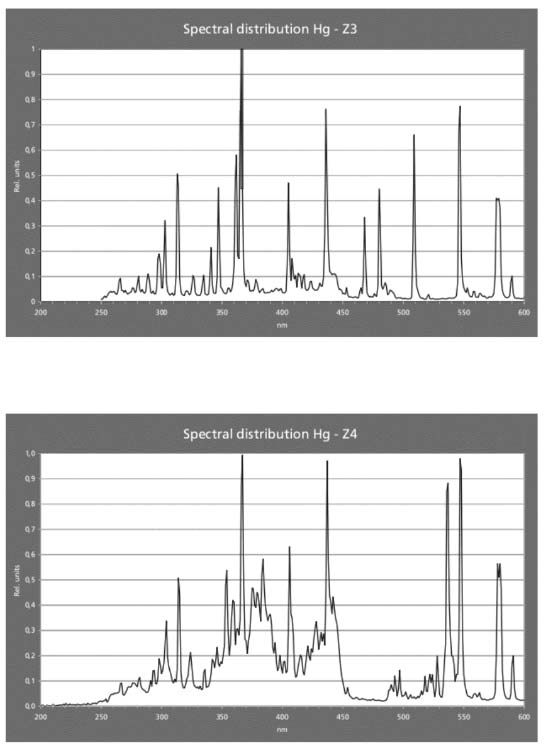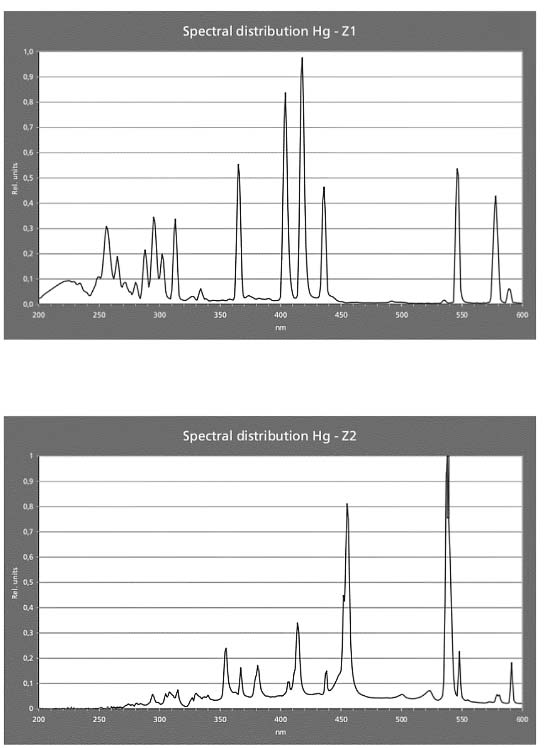Products
Photochemical Reactor - UV Photo Reactor Manufacturer
UV IMMERSION LAMP
FOR INDUSTRIAL PHOTOCHEMISTRY
- Pilot Scale
- Production Scale

Light Not Heat or how well-thought-out system can be used for photochemistry in R&D and Production
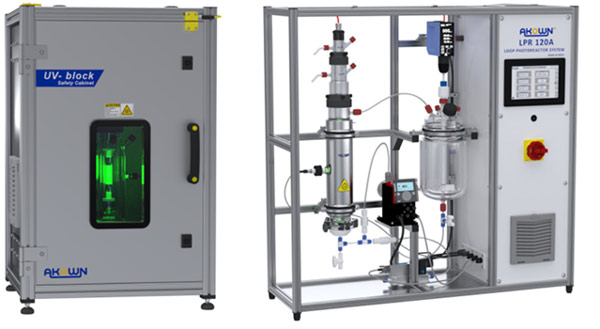
Application Examples: Customised Lab Scale and Pilot Scale Loop Photoreactor System
In synthesis, photochemistry is the method of choice. UV light can vastly speed up many chemical syntheses – or make them possible in the first place. Unlike thermal excitation, light-induced reactions frequently occur at room temperature and are less destructive. Sensitive molecules remain intact, and there are fewer by-products.
Our product and competence in preparative photochemistry and photochemical environmental techniques.
We sell UV-radiation sources and standard photochemical reactors for immediate use to perform various preparative tasks at laboratory and pilot levels. UV-radiation sources and corresponding reactors may be adapted and optimized for specific procedures. ATEX/ IECEx radiation certification for 2.5 to 40 kW electrical power is available on request.
In many countries, regulations already govern the testing for photochemically induced degradation of pharmaceuticals and cosmetics. Akown delivers appropriate photoreactors. For production units, we sell entire systems of irradiation, where parts may be taken from standard programs comprising a variety of dimensions and types of radiation sources. We neither construct nor sell photocatalytic reactors for production units, as this task remains entirely within the domain of competence and responsibility of the user. However, in cooperation with our partner UV-Technik Speziallampen GmbH, we offer consulting services based on scientific and technical expertise.
Furthermore, we offer the possibility to analyse the reactor geometry of planned or existing production-scale photocatalytic reactors utilizing professional flow-simulation and physical radiation data to optimise photochemical processes.
(UVPI) Pilot Scale UV Immersion Lamp [Usually up to 2.5 kW]
Pilot photocatalytic reactors represent critical intermediate steps in upscaling all laboratory reactors to an optimized and well-operating production system. They may also be used to produce limited amounts of chemical compounds. The UVPI immersion lamp series has been developed to be retrofitted onto existing vessels already available in the R&D lab. Furthermore, optional universal reactors, skid-mounted on a mobile rack, are available.
Applications:
- Technical process development
- Production of smaller amounts of chemical compounds (kg d-1)
Specification:
| Sr.No. | Name | Specification |
|---|---|---|
| 01 | UV lamp Type | Medium Pressure Mercury Vapour Lamp |
| 02 | Power | 1.2-5 kW |
| 03 | Max Arc Length | 1000 mm |
| 04 | Mounting Flange | DN 100/120/150 |
| 05 | Cladding Tube 1 MOC | Quartz (UV grade, with special composition) |
| 06 | Cladding Tube 2 MOC | Quartz (UV grade, with special composition), Borosilicate 3.3 |
| 07 | Max Immersion Length | 1200 mm |
| 08 | Water Inlet- Outlet Connections | DN 15 |
| 09 | N2 Inlet- Outlet Connections | 1⁄4 inch Swagelok tube fittings |
| 10 | Power Supply | Ballast VTPS Or Electronic Power supply controller EPSA 80 |
| 11 | Ex-Proof Version | Not Available |
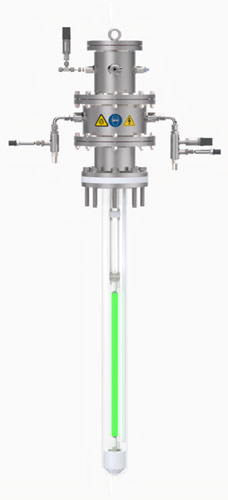
(UVPI SE) Production Scale UV Immersion Lamp [up to 40 kW]
The UVPI SE immersion lamp series represents the most powerful immersion lamp system available and can be certified up to 40 kW as per IECEx /ATEX directive for operation in hazardous areas. Advantageous. Due to the modular construction, UVPI SE immersion lamps are safe for future demands and can be adapted to changed process parameters. In addition to the robust and secure design, an optionally available third protection tube increases the operational safety of the equipment when necessary.
Applications:
- Operation in the production scale
- Production of large amounts of chemical compounds (t d-1)
Specification:
| Sr.No. | Name | Specification |
|---|---|---|
| 01 | UV lamp Type | Medium Pressure Mercury Vapour Lamp |
| 02 | Power | 10 – 40 kW |
| 03 | Max Arc Length | 2600 mm |
| 04 | Mounting Flange | DN 250 PN 6/ PN 10 |
| 05 | Cladding Tube 1 MOC | Quartz (UV grade, with special composition) |
| 06 | Cladding Tube 2 MOC | Quartz (UV grade, with special composition) Borosilicate 3.3 |
| 07 | Cladding Tube 3 MOC (Optional) | Quartz (UV grade, with special composition), Borosilicate 3.3 |
| 08 | Max Immersion Length | 3000 mm |
| 09 | Water Inlet- Outlet Connections | DN 15/25 |
| 10 | N2 Inlet- Outlet Connections | Inlet: 1⁄4 inch Swagelok tube fittings Outlet: 1” Male NPT |
| 11 | Power Supply | Ballast VTPS Or Electronic Power supply controller EUV 5 |
| 12 | Ex-Proof Version | Available |
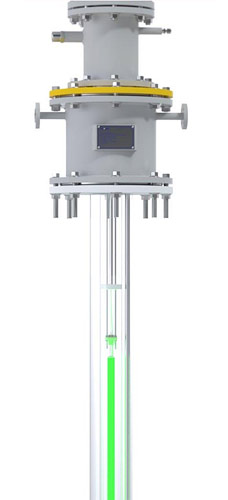
UV Medium Pressure Lamps
UV medium-pressure lamps are produced as linear lamps as standard. They consist of a sealed discharge tube made of quartz glass. The discharge vessel is filled with noble gases at a low pressure of several millibars. Moreover, UV medium pressure lamps contain a small amount of mercury and dopants, such as iron, gallium, or other elements. During operation, plasma is generated in the lamps, which emits radiation. As a rule, the plasma is excited by establishing a current flow between the electrodes, which are fused or crimped at both ends of the lamp. An electrode-free medium-pressure lamp can be stimulated to light using microwaves. By varying the length, the diameter (Graphic 1), and the filling, UV medium-pressure lamps can be influenced in their performance and adapted to different operating conditions.UV medium-pressure lamps must always be operated on a suitable ballast.

Graphic I: Typical specific performance of UV medium pressure lamps in W/cm light emitting length as a function of Ø
UV medium pressure lamps emit radiation from the UV range to the infrared (Graphic 2).

Graphic 2: Section from the electromagnetic spectrum with its typical classification
A considerable part of the radiation power of a medium pressure lamp is in the infrared range (Graphic 3).
The lamps therefore require cooling.

Graphic 3: Distribution of the power of a typical UV medium pressure lamp, Hg type across the spectrum
Automated Control System for UV Immersion Lamp
An automated control system for a UV immersion lamp consists of a Power Control Panel and an Operator Panel, which can be engineered depending on the degree of automation required and the scope for integrating instruments.
An electronic power supply enables stepless and accurate power regulation to the UV lamp. Furthermore, it provides features like measurement, control of process parameters, data logging and transfer, safety interlocks, and a user-friendly interface.
